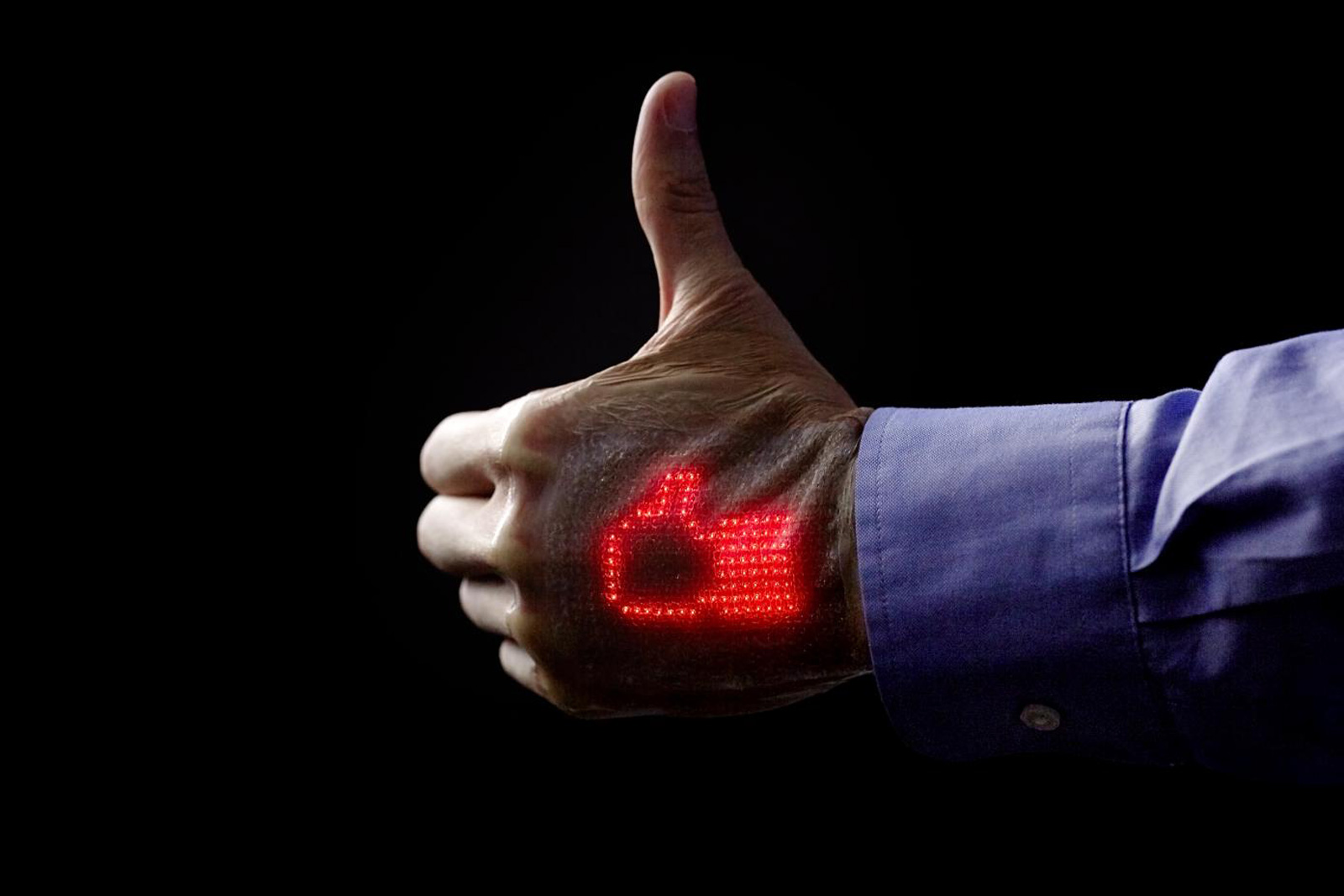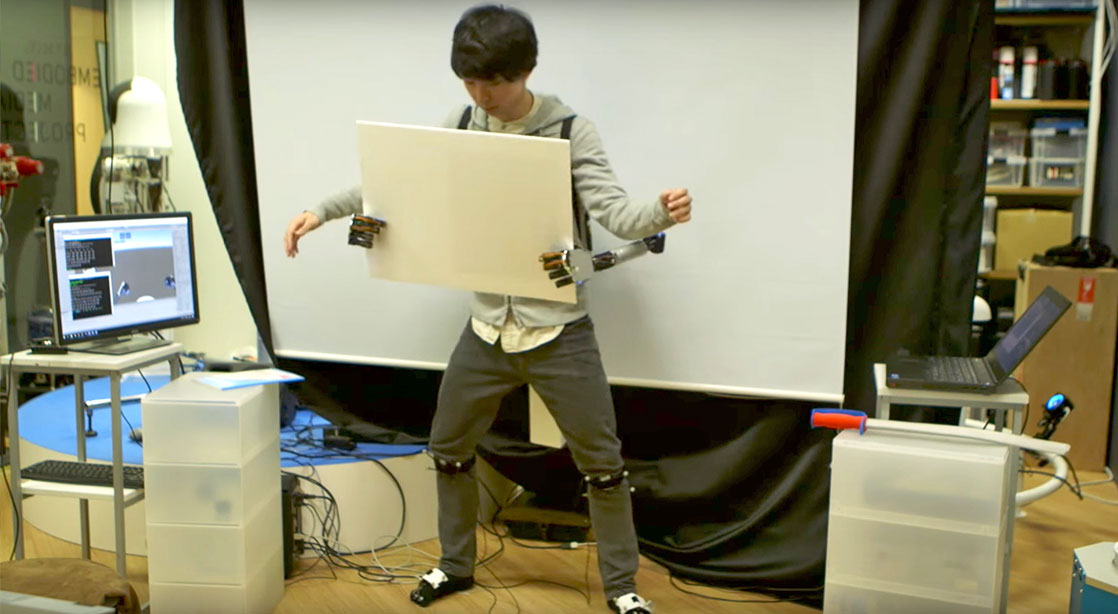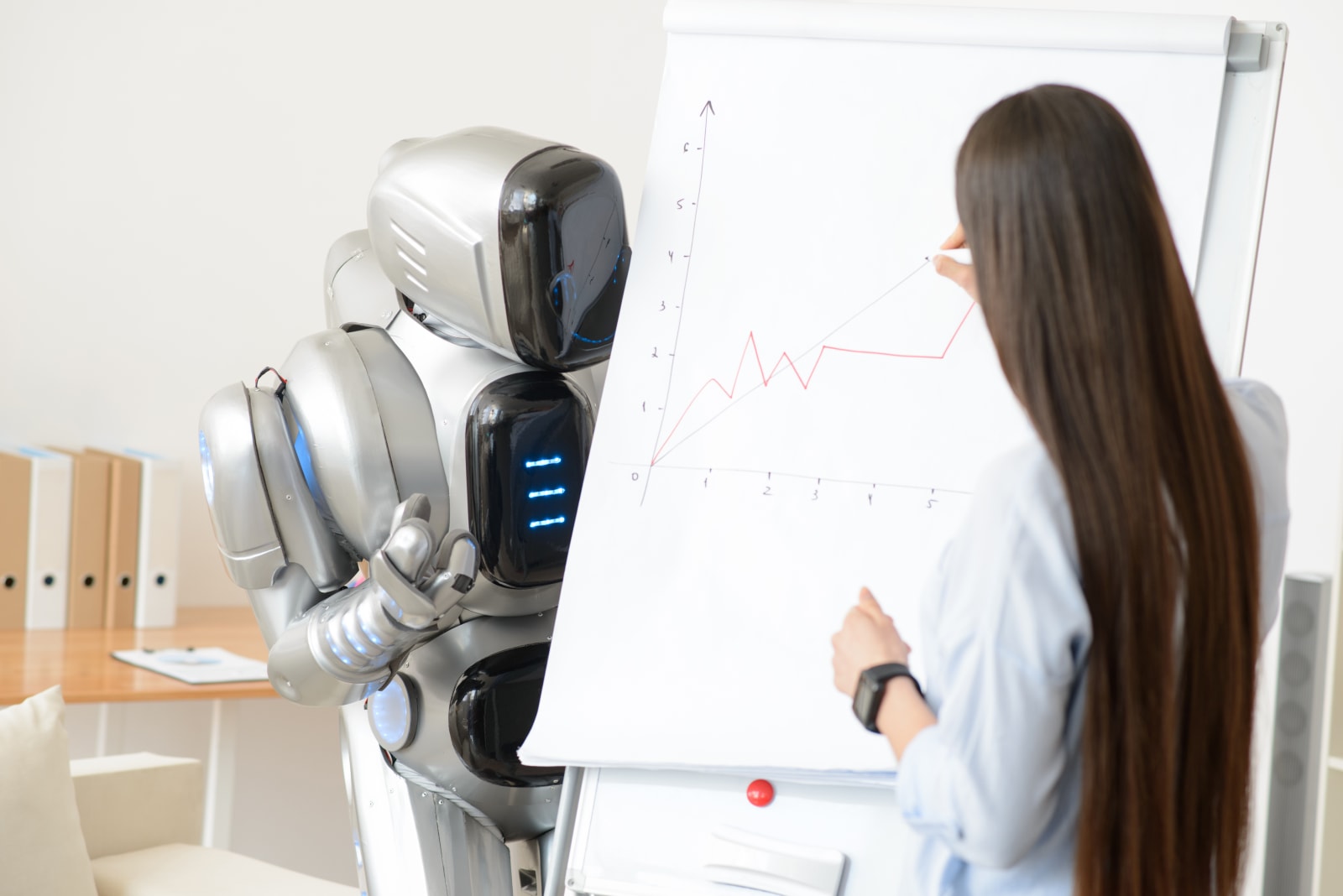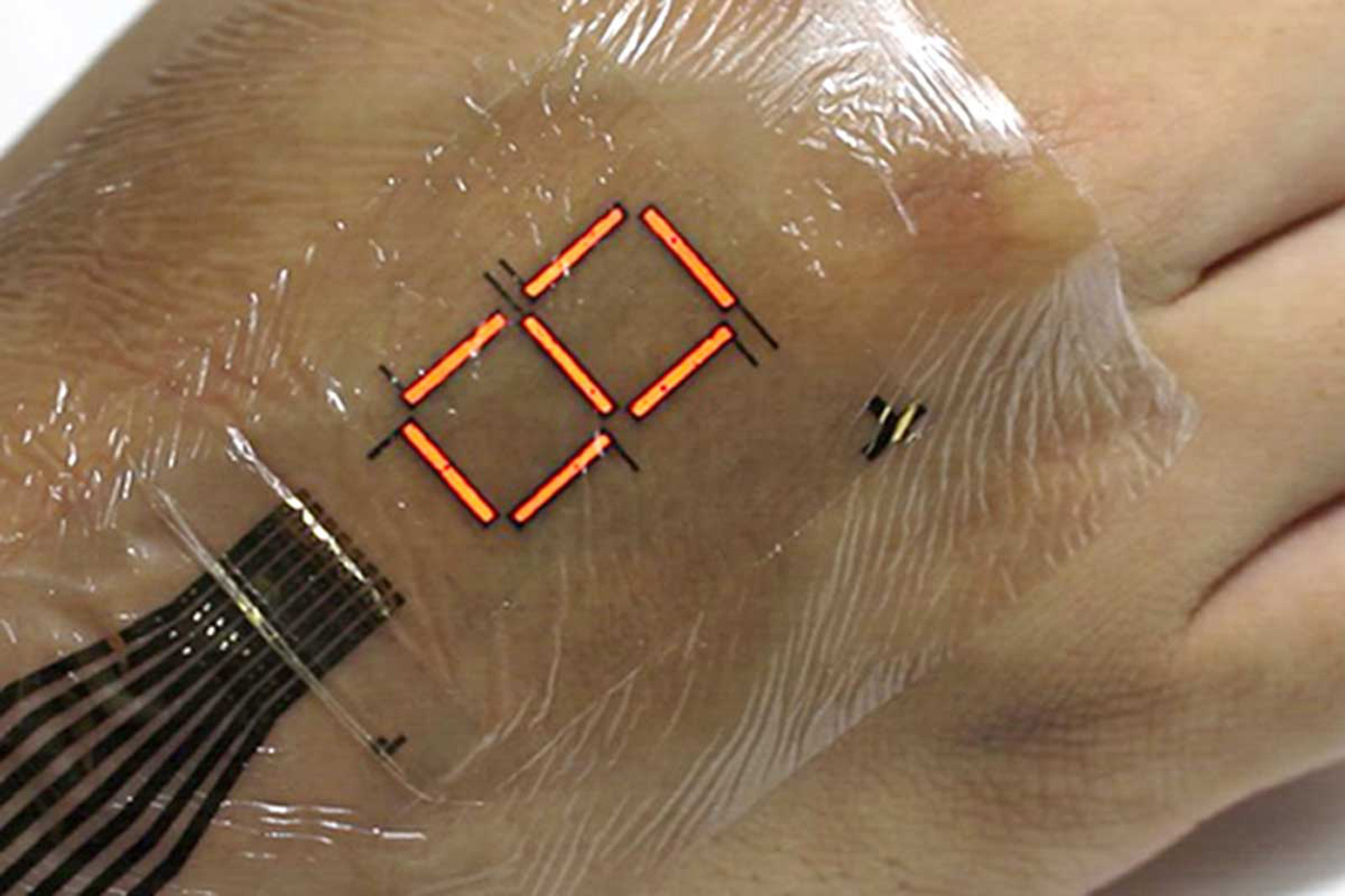
Remember the names Martin Kaltenbrunner and Takao Someya -- that way, you'll have someone to blame when kids start pointing and laughing at gadgets we consider high-tech today. Leading a team of University of Tokyo researchers, they have recently developed a flexible, skin-like material that can detect pressure while also being virtually indestructible. Think of the possibilities: with a thickness of one nanometer, this could be used to create a second skin that can monitor your vital signs or medical implants that you can barely feel, if at all. Also, temperature sensors could be added to make life-like skin for prosthetics... or even robots! Like other similar studies, however, the researchers have a long journey ahead before we see this super-thin material in medicine. Since it could lead to bendy gadgets and wearable electronics first, don't be surprised if your children call iPhones "so 2013" in the not-too-distant future.
Filed under: Misc, Alt
Comments
Via: iO9, ABC Science, New Scientist
Source: Nature
 Electronic skins might not only detect health troubles in the near future, but display them for the world to see. University of Tokyo researchers have developed an e-skin that can measure vital signs like your heartbeat and display them in real time...
Electronic skins might not only detect health troubles in the near future, but display them for the world to see. University of Tokyo researchers have developed an e-skin that can measure vital signs like your heartbeat and display them in real time...
 Electronic skins might not only detect health troubles in the near future, but display them for the world to see. University of Tokyo researchers have developed an e-skin that can measure vital signs like your heartbeat and display them in real time...
Electronic skins might not only detect health troubles in the near future, but display them for the world to see. University of Tokyo researchers have developed an e-skin that can measure vital signs like your heartbeat and display them in real time...
 There's only so much you can do with two arms and hands. That's basic science. But what if you could add extras without the need for ethically shady surgery or trading your apartment for a hovel in the shadow of a nuclear power plant? That's what res...
There's only so much you can do with two arms and hands. That's basic science. But what if you could add extras without the need for ethically shady surgery or trading your apartment for a hovel in the shadow of a nuclear power plant? That's what res...
 The internet was supposed to become an overwhelming democratizing force against illiberal administrations. It didn't. It was supposed to open repressed citizens eyes, expose them to new democratic ideals and help them rise up against their authoritar...
The internet was supposed to become an overwhelming democratizing force against illiberal administrations. It didn't. It was supposed to open repressed citizens eyes, expose them to new democratic ideals and help them rise up against their authoritar...
 Today on In Case You Missed It: There are three main theories of flight and it turns out, Stanford has poked holes in them by simply training a mini parrot to wear tiny safety goggles, then fly through a laser sheet. The video is more adorable t...
Today on In Case You Missed It: There are three main theories of flight and it turns out, Stanford has poked holes in them by simply training a mini parrot to wear tiny safety goggles, then fly through a laser sheet. The video is more adorable t...
 A team of scientists from the National Institute of Informatics in Japan have given up on making their AI smart enough to get into the University of Tokyo. The Todai Project -- Tokyo University's local nickname is "Todai" -- began in 2011, so we're s...
A team of scientists from the National Institute of Informatics in Japan have given up on making their AI smart enough to get into the University of Tokyo. The Todai Project -- Tokyo University's local nickname is "Todai" -- began in 2011, so we're s...
 Today on In Case You Missed It: Researchers from the University of Tokyo devised a better air cooling system for robots that is modeled on their as-yet-overlords, sweaty humans. The 3D-printed bones have spaces for tiny pores, allowing Kengoro to d...
Today on In Case You Missed It: Researchers from the University of Tokyo devised a better air cooling system for robots that is modeled on their as-yet-overlords, sweaty humans. The 3D-printed bones have spaces for tiny pores, allowing Kengoro to d...
 IBM's Watson has done everything from winning at Jeopardy to cooking exotic meals, but it appears to have accomplished its greatest feat yet: saving a life. University of Tokyo doctors report that the artificial intelligence diagnosed a 60-year-old w...
IBM's Watson has done everything from winning at Jeopardy to cooking exotic meals, but it appears to have accomplished its greatest feat yet: saving a life. University of Tokyo doctors report that the artificial intelligence diagnosed a 60-year-old w...
 Eventually, wearable displays might be so thin that they effectively blend into your skin. University of Tokyo researchers have developed an optoelectronic skin whose polymer LEDs and organic photodetectors are so thin (3 micrometers) that they prac...
Eventually, wearable displays might be so thin that they effectively blend into your skin. University of Tokyo researchers have developed an optoelectronic skin whose polymer LEDs and organic photodetectors are so thin (3 micrometers) that they prac...
 Students in Japan could soon compete with AI to get into colleges. The National Institute of Informatics in Tokyo has developed a program that scored above average on a standardized entrance exam that covered math, physics, English and history. The...
Students in Japan could soon compete with AI to get into colleges. The National Institute of Informatics in Tokyo has developed a program that scored above average on a standardized entrance exam that covered math, physics, English and history. The...
